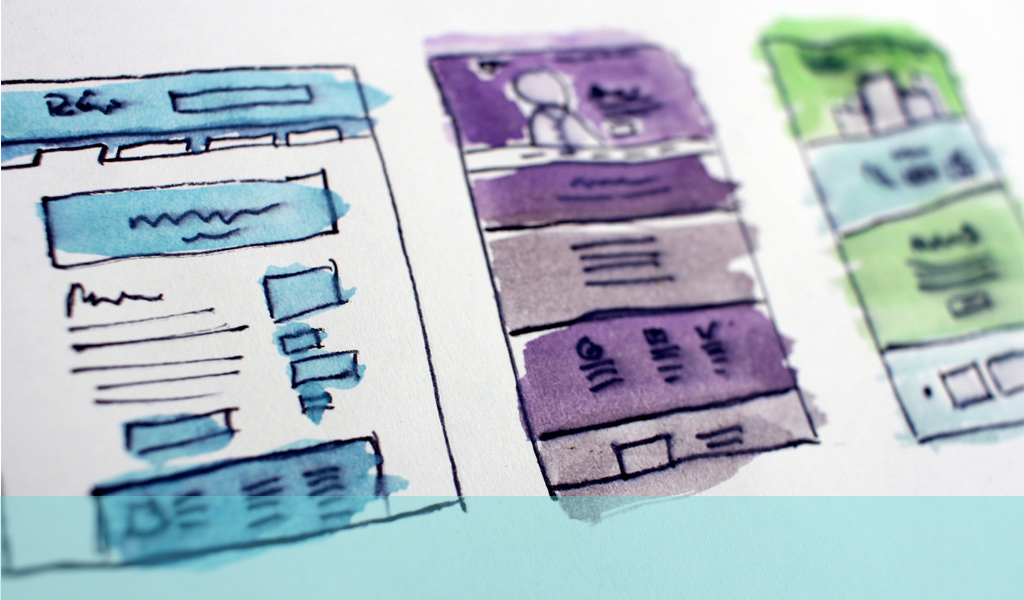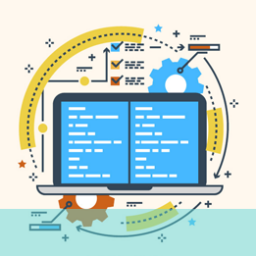
Digital products are becoming more and more sophisticated. And so are digital users. If you are going to spend a lot of time developing a digital product it is vital you understand your market. You are likely to spend a lot of money in development. If you get the timing and type of usability testing right you can save yourself money, delay and heartache.
User research can take place at any phase of a project from conception to final delivery. Good user research will happen all the way through a project. You might be wondering exactly what user research is. Put simply it is finding out what end users like and want. This puts you in a much better position to deliver a great user experience And the earlier and more frequently you do the research the better likelihood of success .
After all, products and services exist to give users experience not to make businesses feel good or meet their needs. If you produce what you like or think is good without reference to users you are likely to get it wrong in the long run.
Digital products are often complex, expensive and long-winded in production. So anything you can do to focus the product and finesse the functionality will pay long-term dividends. There are many ways research can feed into this activity. You can (and perhaps should) have continuous process of monitoring the market and user wants and needs. This can help you keep in touch with the fast-changing and increasingly sophisticated marketplace. This could entail having consumer panels or regular user surveys focusing on attitudes and behaviours.
When it comes to the actual product itself there are a number of user research techniques that can be employed. You can produce fairly crude representations of the product to test the structure, connectivity or functionality. These might be simple flow charts, more sophisticated wireframes or even mock-ups. The reliability and specificity of the data you have will determine where you start with this.
If you have clear indications of what users want and where you are going you might be able to advance to a more complete model. If you are starting nearer to scratch you might have to do more analysis and trial of structure and flow.
There are two main types of research you should consider – quantitative and qualitative. Quantitative research tries to put numbers against opinions, attitudes, behaviours, lifestyle etc. It provides fairly reliable indicators in terms of user attributes and intention but usually not much depth or detail. It also tends to be used as a precursor to qualitative research as it provides background and audience information.
When you have analysed the quantitative results you should be able to start compiling issues for qualitative follow-up. This will try to get behind the reasons and motivations for some of the opinions and behaviours identified. It should help you build a clearer picture of what users want and how your product or service can tap into this need.
In the competitive, user-oriented environment that exists now, user research is essential. Users will have a lot of data about you so you need to make sure their opinions are positive and their needs met. If you would like to know more about this critical function, ring us on +44(0)800 024624 or email us at hello@ux247.com.

















